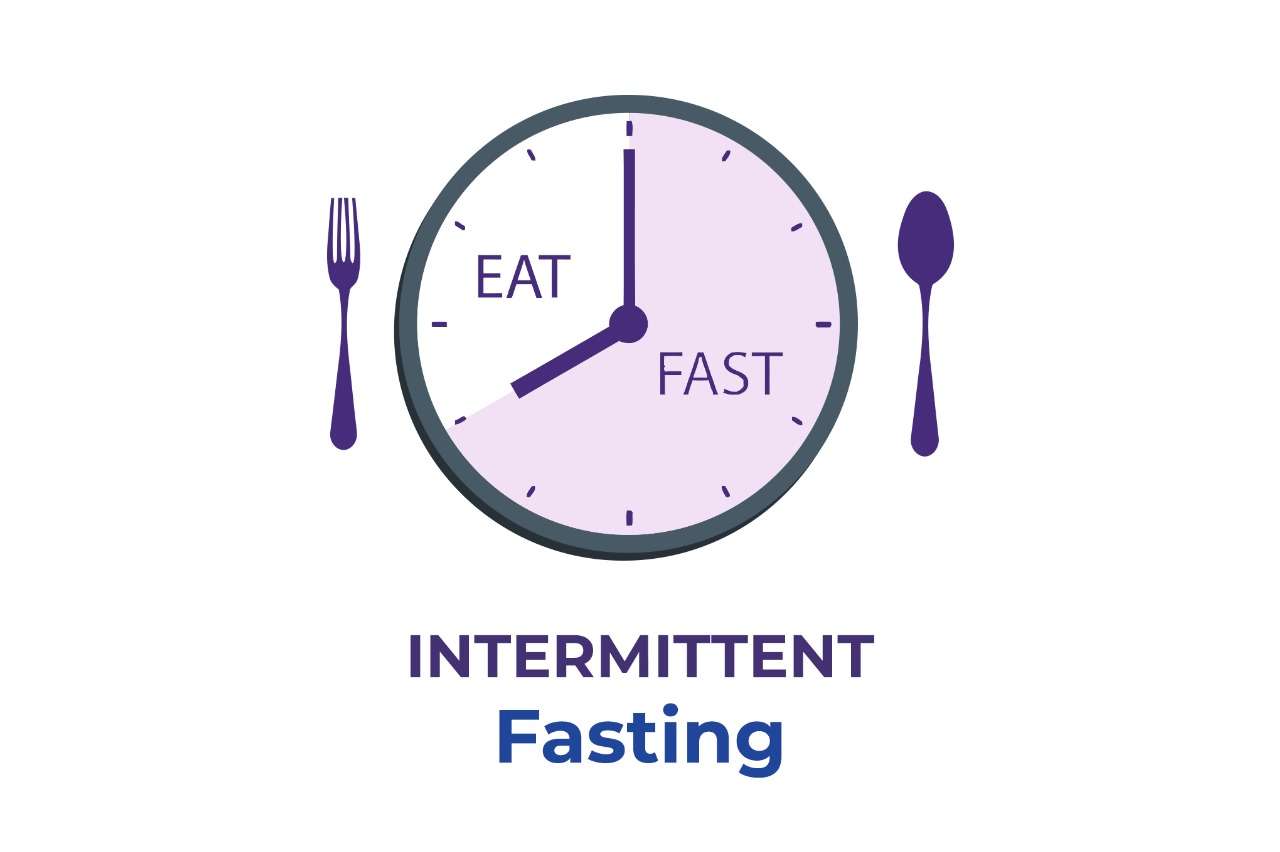What is Intermittent fasting?
A practice where a person does not eat for a certain amount of time while the rest of the day he/she has to completely abstain from eating. This practice not only helps you burn excessively fast from your body but also shows you a lot of health benefits.
Background and History
A neuroscientist John Hopkins has studied the practice, effects and implementation of intermittent fasting for more than 2 decades of his life. Mr Hopkins tells us that the human body on average can function without food for several hours a day. In fact, the human body is completely capable of surviving and functioning without food for many days. During the prehistoric era when human life began, humans would be hunters and learned to farm. Before they learned how to grow their own crops from the soil, they had to rely on hunting solely. All the effort that went into finding and capturing prey enabled these prehistoric humans into surviving and thriving without eating for very long periods of time.
This particular concept led many Scientists to discover and study the idea of Intermittent fasting. Its effects on the human body, its benefits and possible side effects.
John Hopkins explains that back in the day, even a few decades from now the lifestyles led by the people then were very different from how they are now. Nowadays people are leading a very sedentary and inactive lifestyle. Most of our activities and hobbies involve sitting for long periods of time.
Adults spend half their day sitting at their desks in their offices working on their computers while children or teenagers are sitting idly taking classes and studying at their institutes. The rest of the day is spent surfing the internet using our smartphones and laptops, watching Television or Netflix. People prefer to sit inactively munching on their favorite snacks. Our ancestors ate larger portions of food compared to us since they date organ meat and freshly grown plants, meanwhile, we eat smaller portions of junk food and fast food which is comparatively way denser in calories but fewer in nutrition as compared to what our ancestors consumed.
Owing to such an unhealthy and lazy lifestyle, the human bodies of today are more prone to obesity, type 2 diabetes and various other diseases as compared to over ancestors.
How does intermittent fasting work?
Intermittent Fasting Schedule.
There are several ways to practice intermittent fasting. It all depends on the timings and windows for eating and fasting chosen by the person practicing intermittent fasting. Basically, the purpose of intermittent fasting particularly with respect to weight is such that when a person goes on longer periods of time without eating, the body after utilizing all of the stored sugar inside it for energy is now reliant on the excessive fat in your body to be broken down so it could be utilized by your body to fulfill its requirement of fuel. This process is actually a form of metabolic switch. Your body’s major source of fuel and energy is switched from sugars to fats. By burning fat instead of sugars (during the fasting window when the stored sugar is already used or depleted) your body tends to shed the extra pounds it does not require and hence abets weight loss
As per research, if a person is eating 3 to 4 times a day, and then goes about their day, they are utilizing their daily meals as fuel for their bodies to be able to perform their everyday daily tasks. The purpose of Intermittent fasting is to consume all your meals in your specific eating window or the hours in a day which you reserve for eating during the day so that for the rest of the day when your body has burned all those calories taken from your daily meals, it now has no more stored nutrition left to burn as fuel. At this point when your fasting window begins, those hours during a day when you are not supposed to eat, your body will burn the stored fat in your body as its source of energy. Luckily our bodies are smart enough to choose fats from those areas of your body that do not require that fat for the maintenance of their health. Such as the dangling fat over the tummy and lower abdomen, around the arms and legs. Notice that most obese people are found complaining about the stubborn fat present in these exact areas. Intermittent fasting is a great way to get rid of the stubborn excess fat on those areas of our body about which people are found helpless. Hence, nutritionists and dieticians more than often suggest Intermittent fasting along with their diet plans to their clients who are trying to lose weight.
Best 4 Intermittent Fasting Plans for Weight Loss
- The daily fasting window
- The 5:2 diet
- Alternate-day fasting (ADF)
- One meal a day (OMAD)
- The daily fasting window
The daily fasting window can be practiced by reserving certain hours of the day for eating all of your meals of the day while reserving the remaining to not eat anything but fast during this time and let your body burn your stubborn fat during this time. The eating and fasting windows can be such that
- 14: 10 window, in which you fast for 14 hours and consume your meals in 10 hours of the day
- 16:8 window in which you fast for 16 hours and consume your meals in 8 hours of the day.
- 20:4 window in which you fast for 20 hours and consume your meals in 4 hours of the day.
Please note that during your fasting window you are only allowed to drink water, black coffee, black tea, green tea, and lemon-infused water (without salt or sugar) and not consume calories from any other form of food or beverage.
- 5:2 a week
The 5:2 days a week plan works such that, you are allowed to eat 5 days a week in a non-restrictive fashion. Anything you want and anytime you want! But for the rest of the 2 days of the week, you are supposed to strictly limit your calories to as low as 500 to 700 calories a day or half the number of calories you consume during the rest of the days. Along with limiting your calories, you are supposed to consume them strictly within your eating window.
- One meal a day (OMAD)
One meal a day (OMAD) which is also called the warrior diet by some nutritionists, suggests people complete their total calorie intake of the day within the only meal they consume in a day, while the rest of the day they are not allowed to eat or drink anything except for water, green tea, black tea, black coffee and lemon infused water.
- Alternate Fasting Day
Alternate Day Fasting works such that you are allowed to eat on alternate days. On day 1 you are allowed to eat whatever you want to and how much you want to but on day 2 you are allowed to consume low-caloric liquids like bone broth, teas, coffees without sugar and milk, and lemonade without sugar or salt.
Top 7 Benefits of Intermittent Fasting
Apart from facilitating weight loss, Intermittent fasting also has many other health benefits.
- Preventing obesity
- Preventing diabetes
- Improves cognitive and thinking abilities
- Boosts metabolism
- Heart health
- Improved sleep
- Repairing cells, tissues and overall tissue health
When to avoid Intermittent fasting?
Even though Intermittent fasting has a million health benefits but it might not be a healthy practice for you under certain circumstances such as for
- Under 18 teenagers and kids
- Pregnant women
- Breastfeeding women
- Diabetic people
- People suffering from Hypoglycemia
- People suffering from any form of eating disorders







